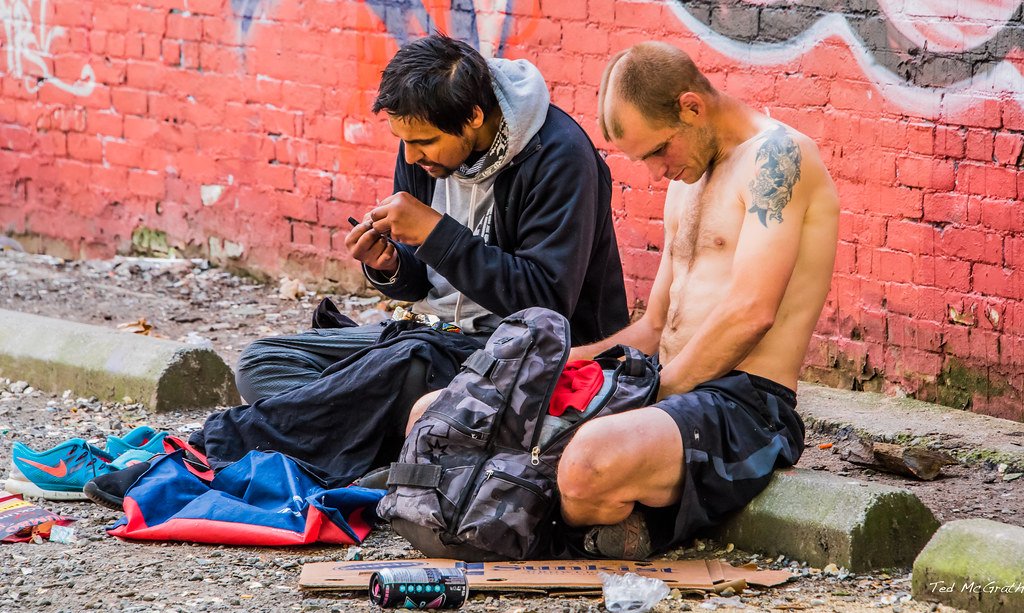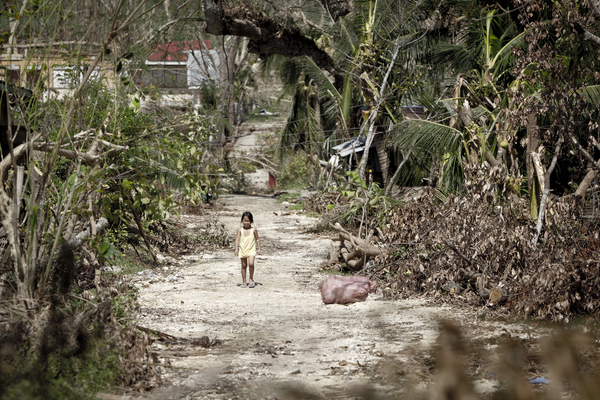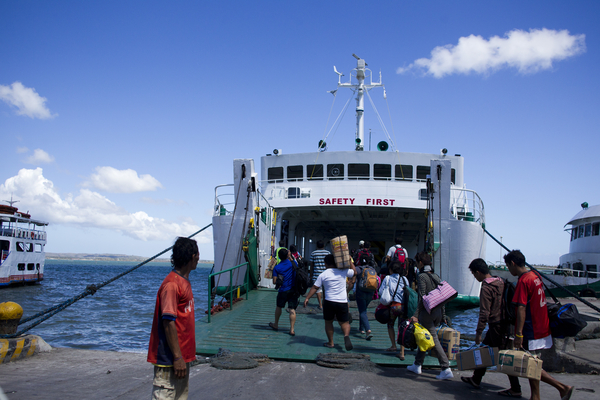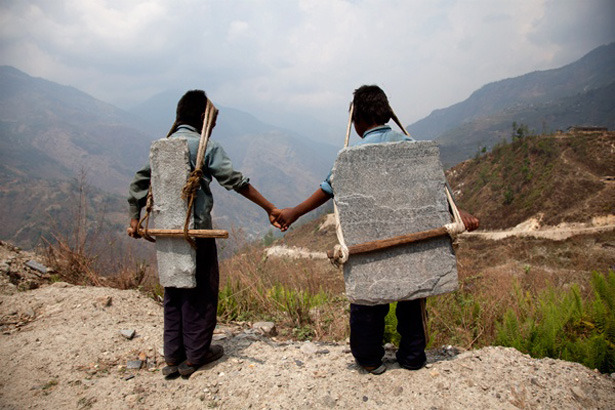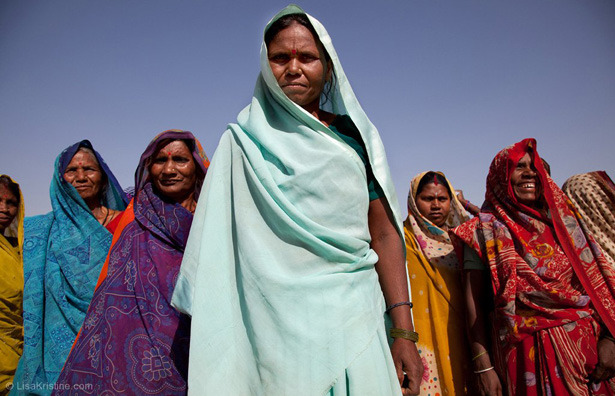How the concept of reincarnation has reduced activism for disability rights in Buddhist countries
In comparison to the major world religions, Buddhism flies under the radar. The main three, Christianity, Islam, and Judaism, have often found themselves at the heart of wars, picking death to prove righteousness. This is a concept not found in Buddhism. Life is the highest gift. But the Buddhist belief in reincarnation means that people that are born into disadvantage often pay for it. This is easily seen in people with disabilities. If you are disabled, it is believed that you must have done something wrong in a past life and are consequently paying for it in this one. It is the concept of karma: you must accept your own suffering to be reborn into a better life.
On a global scale, disability rights didn’t enter the equation until post-WWII, gaining steam with veterans advocating for war-caused disabilities. In Buddhist countries it was even later. India didn’t start the conversation until the 1970s, where it wasn’t brought into legislation until 1995 and was only properly defined and rewritten in 2014. India today has one of the largest disabled populations in the world, yet a full definition of what a disability is wasn’t introduced until 5 years ago. This could stem from the cultural connotations associated with disabilities. Having a disability in India causes feelings of worthlessness and shame and often leads to disownment and abandonment by family members. Through modernization and standards put in place by the UN and World Health Organization, these views are changing on a governmental policy level. Unfortunately, just because the laws exist doesn’t mean that they are being implemented. For example, in Cambodia, it was found that fewer than 4% of people qualifying for disability receive the required financial support from the government. To add to it, statistics show that there is an extra expenditure of $40 a month for people with disabilities. The government aid only covers $5 (1/8 of the total cost) so even if those with disabilities get their monthly payment, it covers little of the true cost..
One of the reasons there is such an added cost to having a disability, besides added care, is because often completing education and finding employment is extremely difficult. According to Thailand’s National Statistics Office, 71.5% of people with disabilities over 15 are unemployed. For those living in a city this leads to few options: access social welfare, begging on the streets, or selling lotto tickets. Even so it can be hard to get access to the tickets and the work is unstable. And those in rural environments without access to services are completely dependent on familial support. Thai Buddhism even bans people with disabilities from becoming monks. This was initiated out of fear that people with disabilities would depend on the monastery for support and not be able to complete their duties. One, Monk Ti, was disrobed in 2016 on account of his dwarfism. Becoming a monk is the most noble profession one can have, one that is based on suffering and enlightenment, and yet disabilities completely prevent one from pursuing it.
A major obstacle to changes in disability rights in Buddhist countries is lack of representation. In Cambodia, little effort has been done to increase voting opportunities to those with disabilities and very few are registered to vote, let alone have access to voting areas. NGOs are working to try to set up systems that will start to cause change. In 2011, the General Election Network for Disability Access (AGENDA) was established in Southeast Asia. They are working both with organizations focused on disability and those working with elections to increase advocacy. Between 2014 and 2017, they had a 15% increase in the number of polling stations that had wheelchair accessible ballot boxes.
Through small organizations and increased awareness, stigma around disabilities in Buddhist countries is starting to decrease. The opportunity to participate in all aspects of society from education to voting is hopefully changing as well. Buddhism is built around the concept of suffering and reducing your suffering through your actions so that you may be reborn into a better life. It would be great if those with disabilities didn’t suffer more because of it.
Devin O’Donnell
Devin’s interest in travel was cemented by a multi-month trip to East Africa when she was 19. Since then, she has continued to have immersive experiences on multiple continents. Devin has written for a start-up news site and graduated from the University of Michigan with a degree in Neuroscience.














